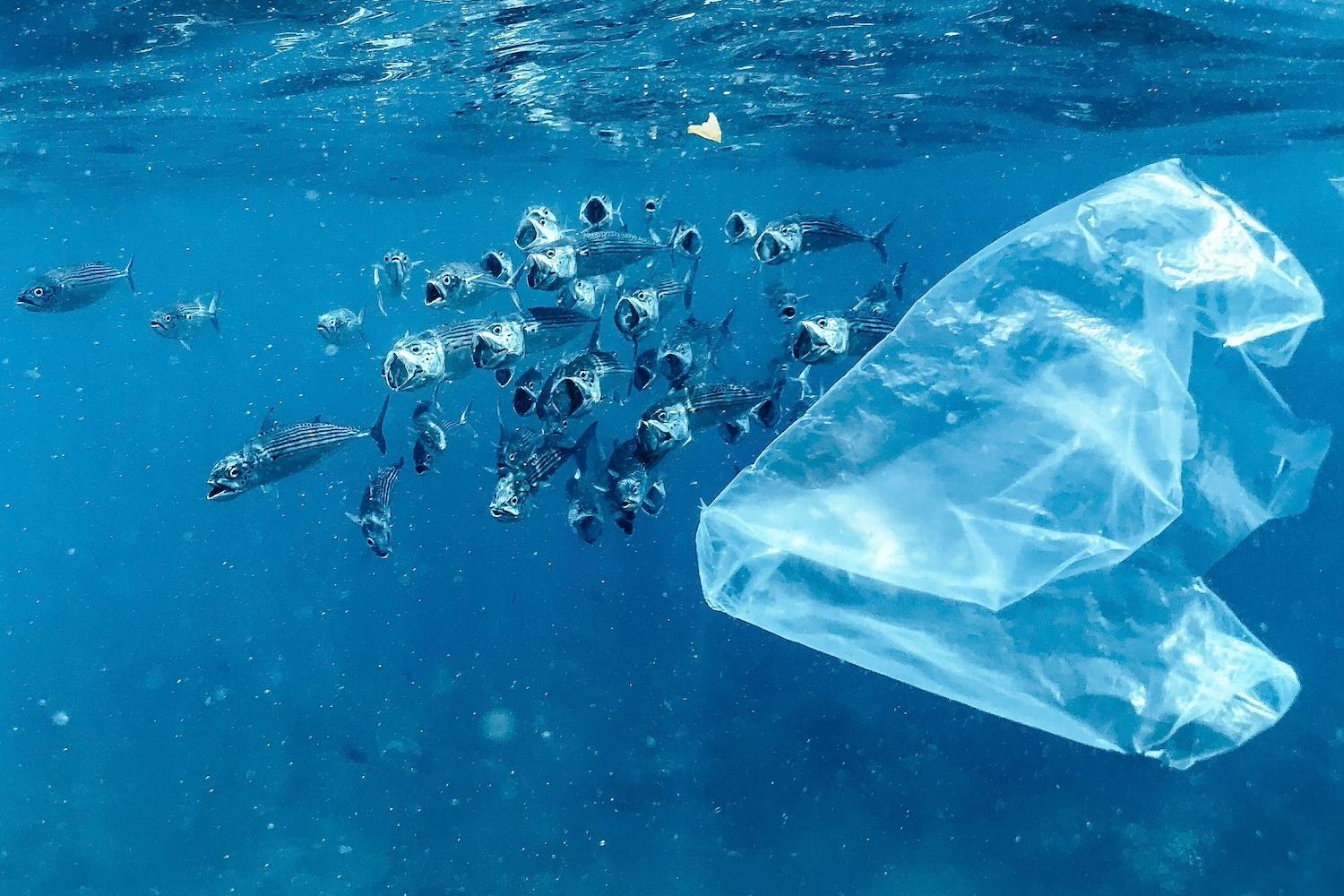
(Image: Naja Bertolt Jensen/Unsplash)
What was supposed to be the final negotiation session for a global plastic pollution treaty backed by the United Nations opened with the Executive Director of the United Nations Environment Program, Inger Andersen, saying, "I can't entertain that it fails." Yet the only outcome at the conclusion of the talks on December 1 was an agreement to meet again sometime next summer.
So, why did the negotiations fail despite laborious efforts by Luis Vayas Valdivieso, the negotiating committee’s chair, to simplify and focus discussions? Three major issues in the process and objectives led to the inability to reach an agreement.
The first is that the treaty approval process requires consensus, which means all of the over 170 countries taking part had to agree to the outcome. This allowed major oil and gas — and therefore, plastic — producing nations to block treaty approval.
The second and primary issue is the divide between countries that want legally binding commitments to reduce plastic production and those that do not. Led by Saudi Arabia and including Iran, Russia and other Gulf states, the oil producers blocked approval largely because of demands by environmental groups and over 100 other countries to reduce plastic production.
These demands came to focus through the High Ambition Coalition, a 67-country alliance led by Norway and Rwanda. In a statement signed by the environmental ministers of the member countries, the coalition called for “common, legally-binding measures … on a clear path to ending plastic pollution, including on reducing production and consumption of primary plastic polymers to sustainable levels.”
The United States didn’t take sides, retreating from when the Biden administration previously indicated it would support caps on plastic production.
The third issue is the language used to set up the treaty process in March 2022, when the United Nations Environment Assembly first approved the resolution “to develop an international legally binding instrument on plastic pollution.”
There is no international mechanism, other than trade sanctions, to enforce legally binding international rules. Enforcing obligations is left to the countries agreeing to the treaty. Even if they agree to “legally binding” rules, each nation must still enforce those rules within its borders and put trade sanctions on those countries that do not abide by the treaty agreement.
But there are still pathways to make progress.
One option is for the High Ambition Coalition to back off the demands for a legally binding reduction in plastic production in the treaty. They could adopt some version of the language proposed by Chair Vayas in his final statement from the most recent talks, which might include an aspirational — as opposed to legally binding — global target to reduce the consumption and production of plastics, starting by gathering data.
This would put the issue up for future discussion, similar to the process created by the Paris Agreement to tackle climate change. The parties would meet annually to continually advance international efforts to address plastic production and other plastic pollution-related issues based on the data.
Clearly, this would not satisfy the High Ambition Coalition or environmental groups. But they would still have an option to advance the much-needed production reduction goals. Even without a legally binding treaty, each of those countries could enact rules to reduce plastic production within their borders and impose sanctions on the importation of plastic products they believe to be objectionable. This would reduce global demand and create a growing body of countries building support for an ever-stronger plastics treaty. And it’s not too different from the actions they would need to take if a legally binding treaty was finalized.
Each country could also track options and costs for addressing plastic pollution and its internal ability to finance those solutions, providing data about what the international community might need to provide in support of its efforts.
Because enforcement of international regulations ultimately rests on the countries that agree to any treaty, 67 countries committed to reducing plastic production would be an effective start.
But reducing plastic production is not the only sticking point in the treaty negotiations. Chemicals of concern within plastics, product design that improves recycling and circularity, single-use plastics, lost or abandoned fishing gear that becomes marine debris, financing, and other issues must ultimately be ironed out.
Putting in place a framework treaty that recognizes the need to reduce plastic production and setting up a process like that of the Paris Agreement could complement the efforts of individual countries moving forward on their own but in lockstep with others to produce needed change.

Carl Nettleton is an acclaimed award-winning writer, speaker and analyst. He heads Nettleton Strategies, a public policy firm specializing in oceans, water, energy, climate, and U.S. Mexico border issues. Carl also founded OpenOceans Global, an NGO solving ocean crises by unifying and empowering global communities. Carl serves on the national and California advisory councils for Environmental Entrepreneurs (E2), a national, nonpartisan group of business owners, investors and others who advocate for policies that are good for the economy and good for the environment. He is co-chair of the San Diego Water Conservation Action Committee (CAC) and a member of the San Diego Regional Chamber of Commerce, Lambda Alpha, South County Economic Development Council, Otay Mesa Chamber of Commerce and U.S.-Mexico Border Philanthropy Partnership.














